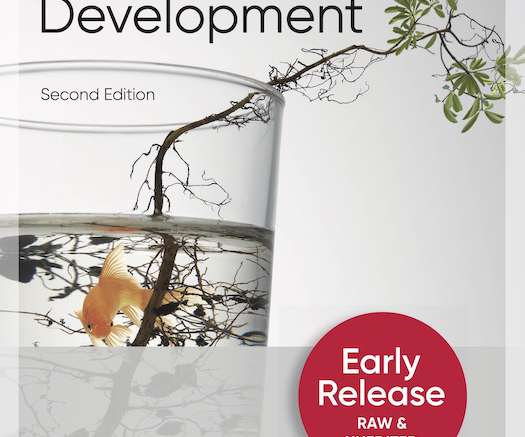10 highest-paying IT jobs
CIO
APRIL 27, 2023
Solutions architect Solutions architects are responsible for building, developing, and implementing systems architecture within an organization, ensuring that they meet business or customer needs. They’re also charged with assessing a business’ current system architecture, and identifying solutions to improve, change, and modernize it.















Let's personalize your content